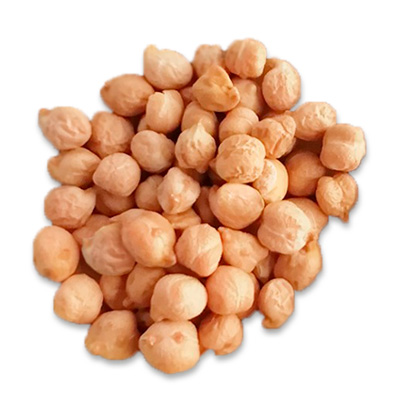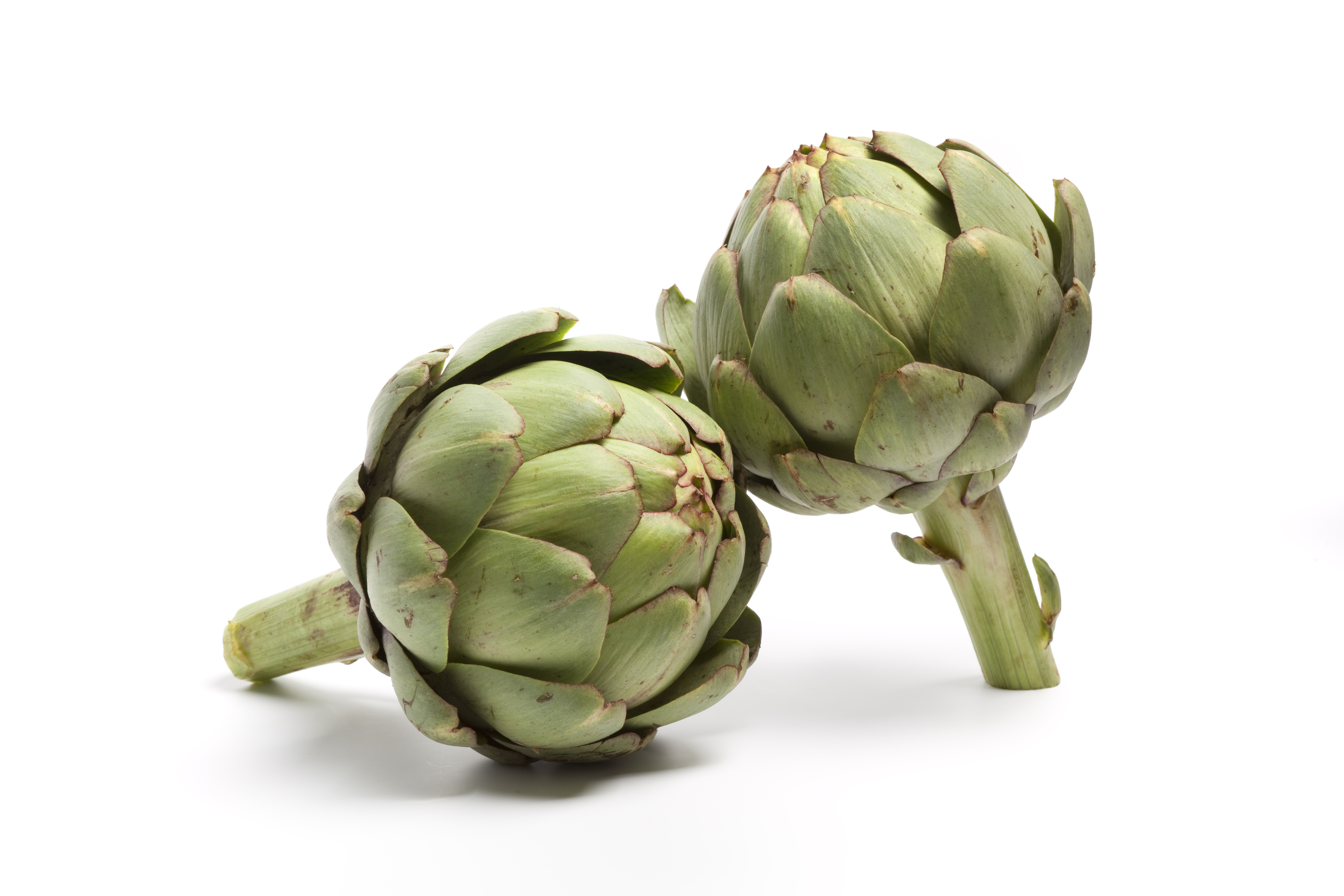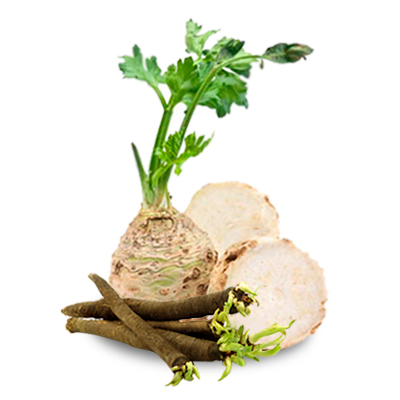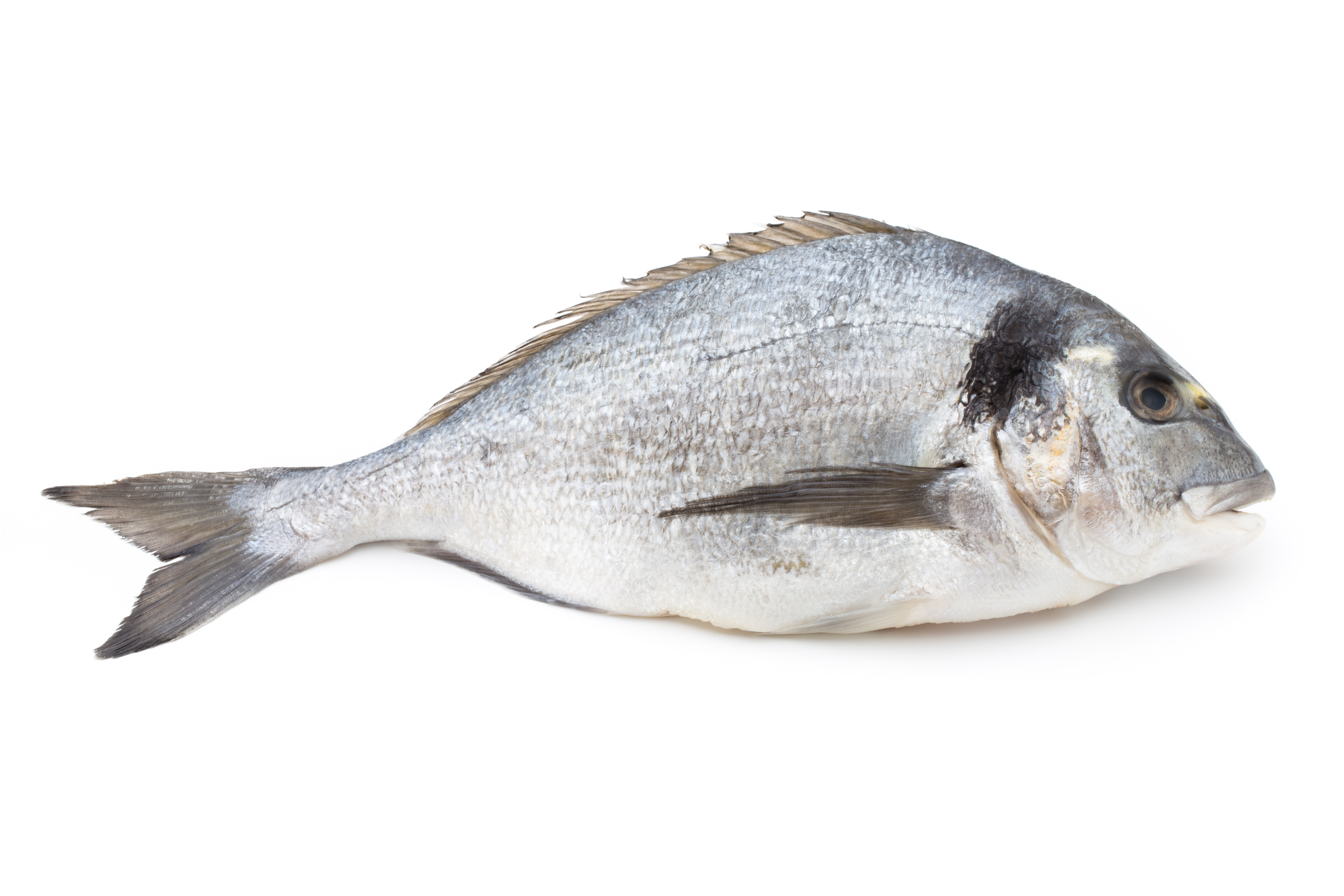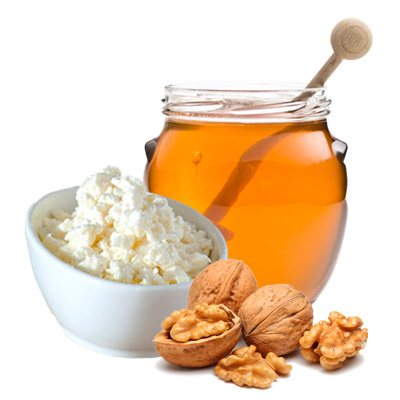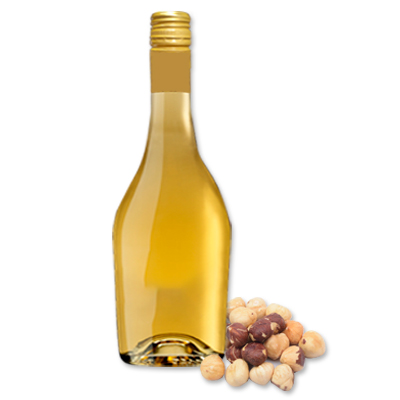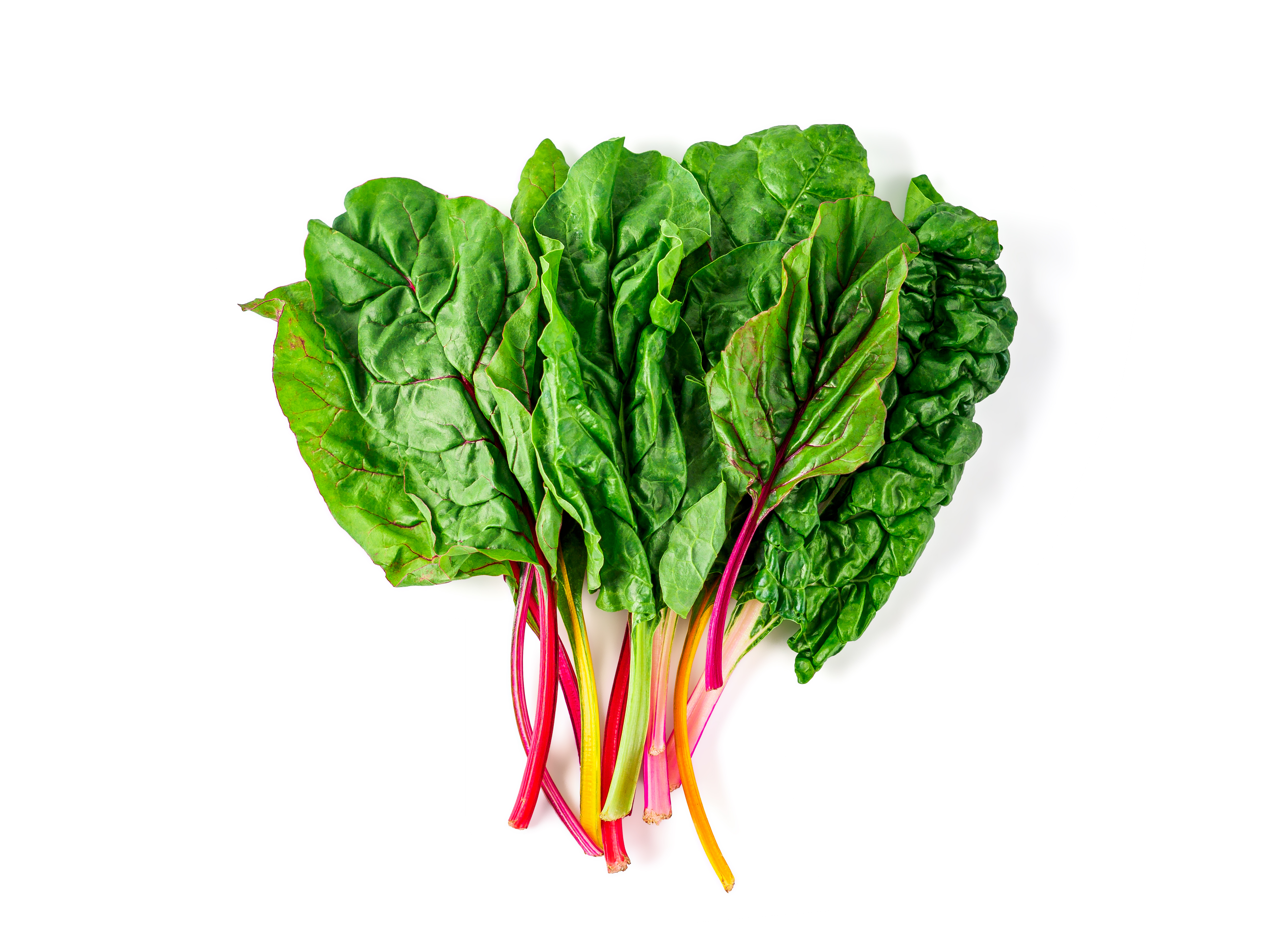Squash
We’ve chosen squash as one of our ingredients because it’s extremely nutritious, rich in vitamins and minerals, easily available in markets, and locally grown.
Squash is widely considered a vegetable in home and restaurants, but it’s actually a fruit.
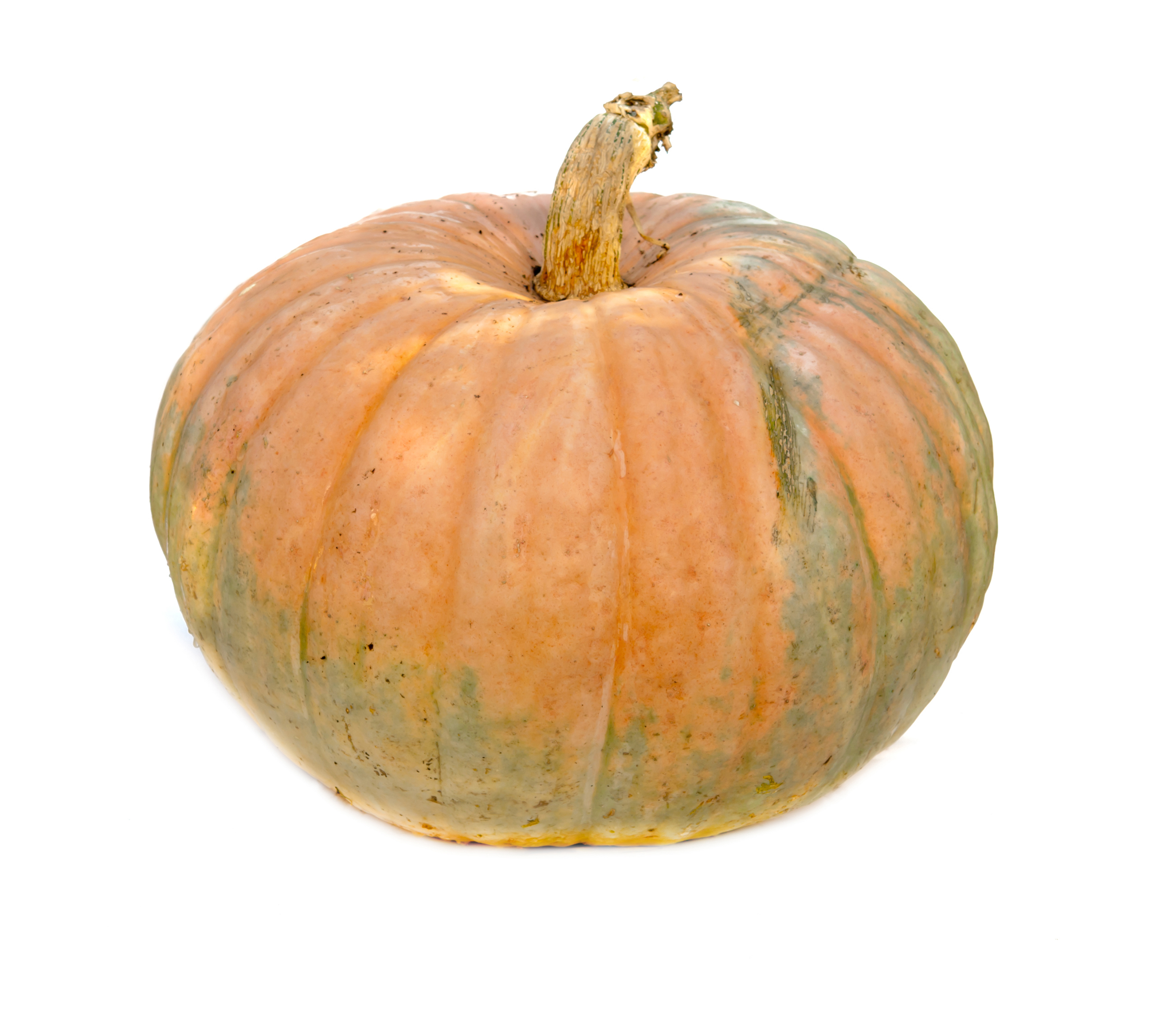
-
There are more than 800 varieties of squash. The most common is butternut squash, which is produced locally. and organic varieties are also available. It’s hugely versatile, and can be eaten raw, very lightly
cooked, boiled, stewed, roasted or baked. -
One of the great things about squash is that it arrives on the shelves in late autumn; it’s available throughout the winter and brings joy to the kitchen since it can be prepared in so many different ways. It combines beautifully with other vegetables, and with legumes and cereals as well.
-
Squash is usually sold whole, and needs to be peeled before serving. If it’s seasonal, organic and locally grown, this can be done easily using a vegetable peeler. If not, you can blanch it for a few minutes first - you’ll then find that the skin comes off easily.
-
It’s always best to use paper or an open bag to protect it from direct cold, and store it in the crisper drawer.
-
Squash has a very high water content (92%), and so is very low in calories: a 200g serving contains between 24 and 30 calories, and it’s also low in carbohydrates and proteins. What it does provide is lots of B group vitamins and vitamin C, and it is high in carotenes, which are the precursors of vitamin A, important for healthy skin and eyes, and it’s an antioxidant too, meaning that it helps to fight the free radicals that cause cellular ageing. In addition, it contains useful amounts of minerals such as potassium and selenium, as well as fibre.
-
Gastronomically, squash adds a welcome touch of sweetness, and can bring an interesting point of contrast to savoury dishes. In Catalonia it has traditionally been widely used in the preparation of desserts, such as bunyols (these are rather like small doughnuts), cakes and pastries.
Five ways of cooking squash:
- Soup: This is the classic way of cooking squash. Cream of pumpkin soup has a delicious hint of sweetness.
- In salad: Try making squash ‘spaghetti’ using a spiralizer, or grate.
- Steamed: Cooking it in this way preserves most of the nutrients. Cut into small pieces, and steam for just 5 minutes.
- Roasted or barbecued: Cut into pieces and seasoned with a pinch of salt and some aromatic herbs.
- To add to other dishes: Squash is a great ingredient to complement all sorts of dishes. Diced, it can be added to an escudella, soup or meat stew, or used as a pizza topping.
-
Squash can be stored for months. It’s a good idea to wipe it down with a clean cloth, and store it in a dry place. The skin is also edible. If you’re making cream of pumpkin soup, peeling isn’t necessary, simply cut it into pieces and steam it, together with onions or leeks, and season to taste. Once liquidised, you won’t notice the difference between a soup made with the skin on, and one without.
Pumpkin powder (which is made from the skin) can be used to flavour all sorts of dishes: stews, soups, cakes and bread. To make the powder, you can either use a food dehydrator, or your fan oven heated to 60º (or to the lowest possible temperature) for 5 hours until all the water has evaporated. The dehydrated skin can now be turned into powder in a food processor, and stored in a sealed jar. It can be rehydrated by mixing one part powder with 2.5 parts water.



